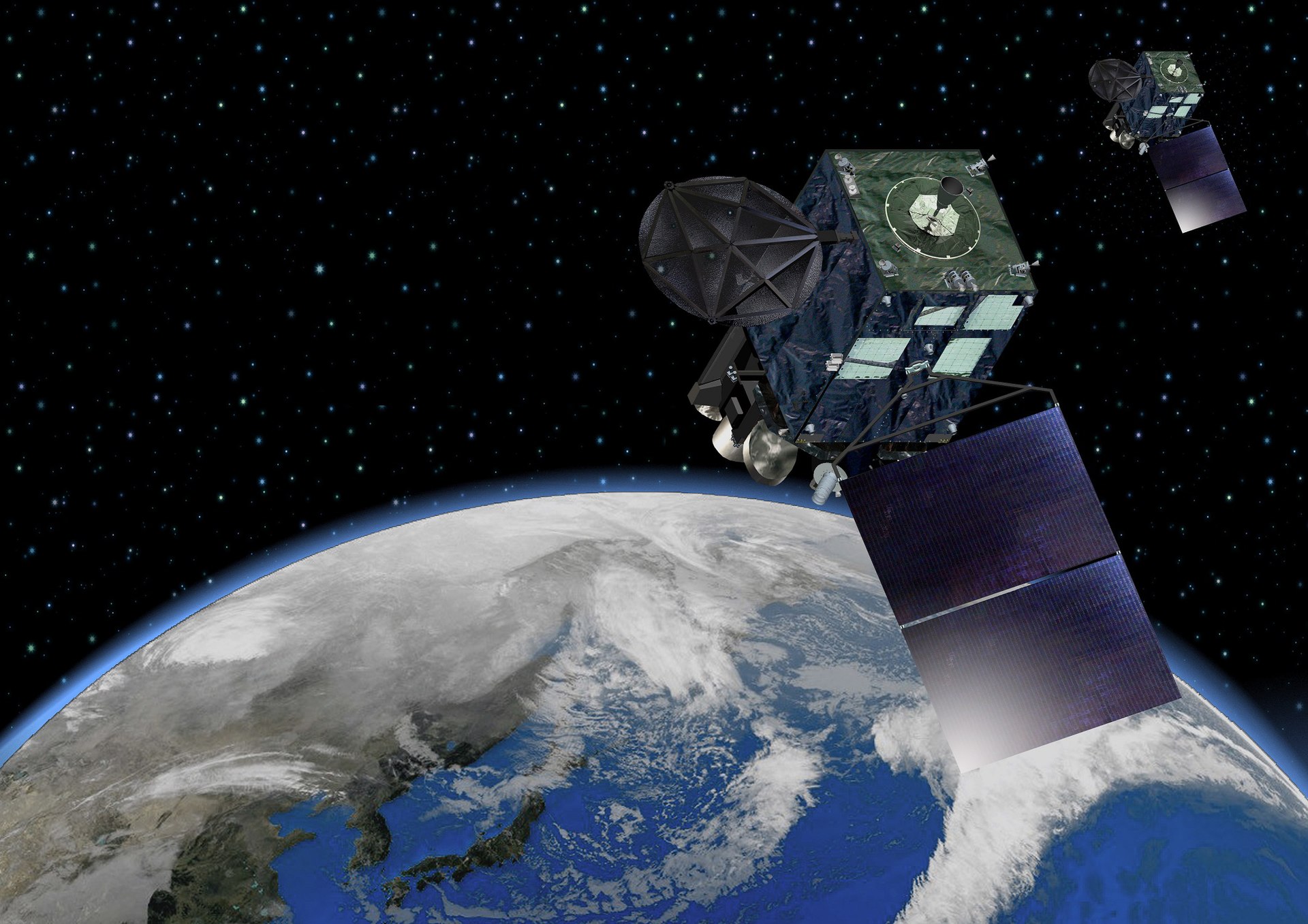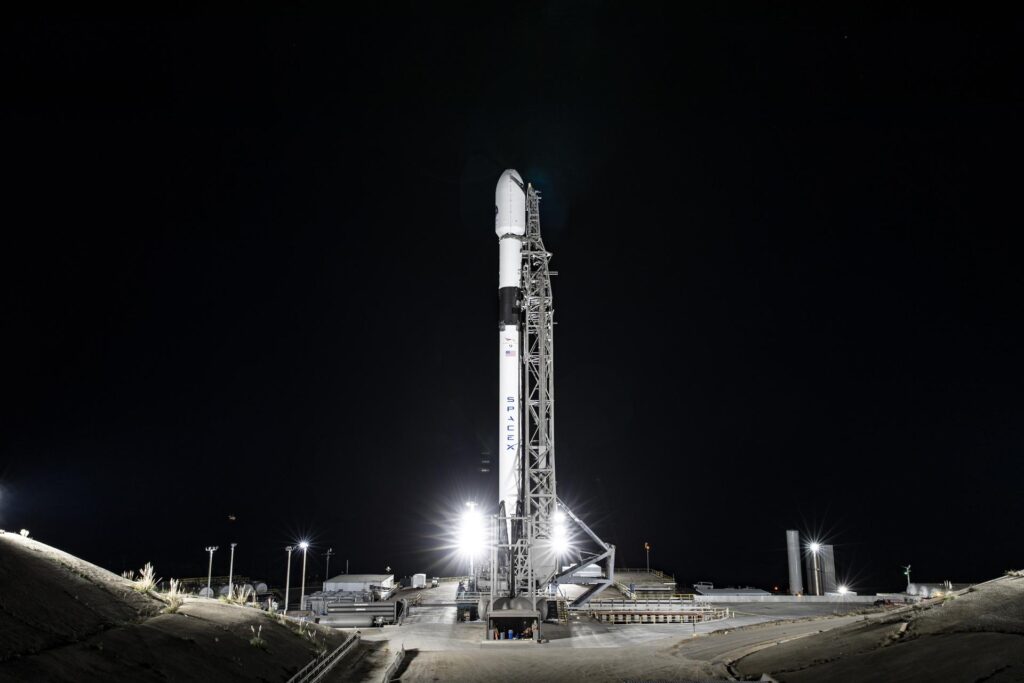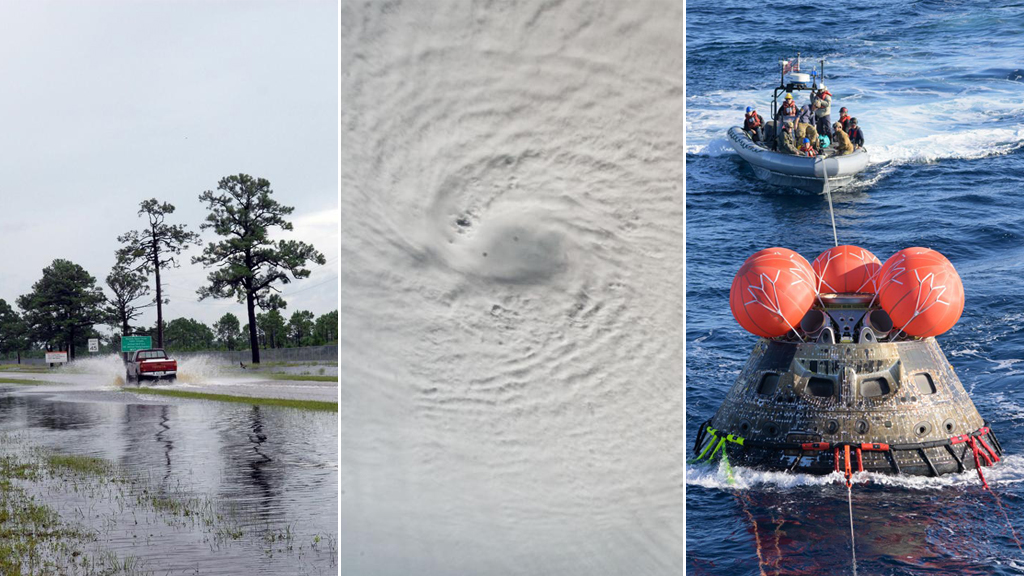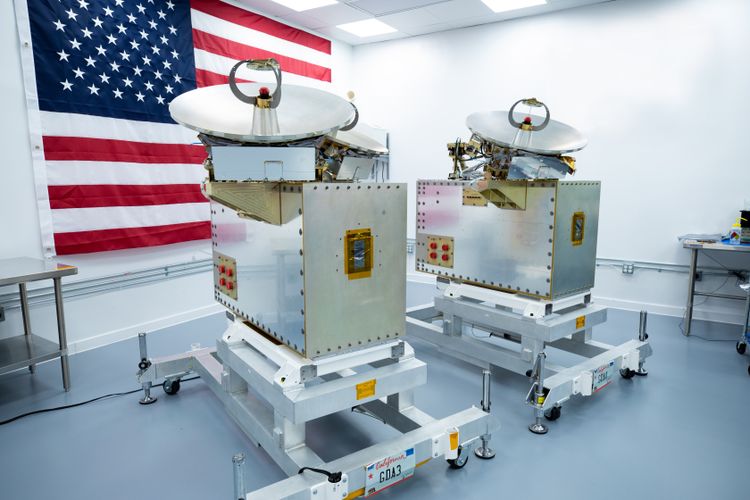Now Reading: Himawari Satellites Pioneering New Era of Venus Observation
-
01
Himawari Satellites Pioneering New Era of Venus Observation
Himawari Satellites Pioneering New Era of Venus Observation


On October 7, 2014, Japan launched the Himawari 8 satellite, followed by Himawari 9 on November 2, 2016. While these satellites primarily serve to monitor Earth’s weather and phenomena such as typhoons across East Asia and the western Pacific, recent studies have opened a new frontier: using these Earth-bound meteorological instruments to observe our neighboring planet, Venus.
The technological capabilities of the Himawari satellites are remarkable. They’re equipped with the Advanced Himawari Imager (AHI), a sophisticated multi-spectral instrument that captures data in multiple infrared bands. This capability enabled researchers from the University of Tokyo, led by Gaku Nishiyama, to extend this technology beyond terrestrial applications to analyze temperature variations on Venus over a decade, from 2015 to 2025. The research exploits a unique opportunity; as Venus occasionally comes within the observable range of these satellites, they can gather valuable meteorological data that has been elusive for decades.
Venus, often dubbed Earth’s “sister planet,” presents a stark contrast to our own in terms of its atmospheric composition and physical characteristics. With a surface pressure approximately 90 times greater than that of Earth and an atmosphere composed predominantly (96.5%) of carbon dioxide, Venus is the hottest planet in our solar system, with surface temperatures averaging around 467 °C (872 °F). Understanding the nuances of its atmospheric temperature structure is vital for examining thermal dynamics, cloud formations, and potential weather patterns on Venus.
The Himawari missions offer a new methodology for long-term observation. Previous missions to Venus have suffered from limited operational lifespans; most planetary missions have not been able to continuously obtain data for longer than 10 years. Nishiyama explains the advantages of employing satellites like Himawari: “No planetary mission has succeeded in continuous observation for longer than 10 years due to their mission lifetimes. Ground-based observations can also contribute to long-term monitoring, but their observations generally have limitations due to the Earth’s atmosphere and sunlight during the daytime.”
- The atmosphere of Venus exhibits changes over year-scale variations that include shifts in reflectance and wind speed.
- With the lack of ongoing missions to Venus expected in the near future, the Himawari satellites provide a valuable tool for continued monitoring.
- Using AHI has allowed researchers to capture data with high spatial and temporal precision.
A total of 437 images were collected where Venus was clearly visible, with the research team meticulously archiving this data to track changes in cloud-top temperatures and brightness. In their analysis, they discovered both thermal tides and planetary-scale waves, which influence atmospheric behavior. Thermal tides relate to the regular fluctuations in atmospheric pressure and temperature due to solar heating, while planetary-scale waves are significant atmospheric oscillations linked to the planet’s rotation. The study revealed fascinating variations, such as a decrease in the amplitude of these phenomena with altitude, hinting at complex atmospheric processes at work.
| Observed Phenomena | Description |
| Thermal Tides | Periodic variations caused by solar heating affecting atmospheric conditions. |
| Planetary-Scale Waves | Large atmospheric waves influenced by Venus’s rotation, affecting weather patterns. |
This innovative approach not only fills a data gap for scientists studying Venus but also underlines the broader potential of using Earth-based satellites for monitoring other celestial bodies. Nishiyama suggests the implications could extend beyond Venus: “This method will provide precious data for Venus science… There might not be any other spacecraft orbiting around Venus until the next planetary missions around 2030.”
Moreover, the research highlights calibration discrepancies in previously collected Venus data, offering a new lens through which to evaluate past missions. This insight is invaluable, as it could lead to improved models regarding the planet’s atmosphere and contribute to future exploration missions.
As researchers continue to unravel the mysteries of Venus using the Himawari satellites, the collaboration of Earth observation technologies with planetary science presents an exciting new chapter in our quest to understand our solar neighbors. The potential for such investigations extends even to other bodies within our solar system, including the Moon and Mercury, promising further discoveries that could reshape our understanding of planetary evolution and dynamics.
Stay Informed With the Latest & Most Important News
Previous Post
Next Post
-
 012024 in Review: Highlights from NASA in Silicon Valley
012024 in Review: Highlights from NASA in Silicon Valley -
 02Panasonic Leica Summilux DG 15mm f/1.7 ASPH review
02Panasonic Leica Summilux DG 15mm f/1.7 ASPH review -
 03How New NASA, India Earth Satellite NISAR Will See Earth
03How New NASA, India Earth Satellite NISAR Will See Earth -
 04And Thus Begins A New Year For Life On Earth
04And Thus Begins A New Year For Life On Earth -
 05Astronomy Activation Ambassadors: A New Era
05Astronomy Activation Ambassadors: A New Era -
06SpaceX launch surge helps set new global launch record in 2024
-
 07Space Force plans new ‘Futures Command’ amid pressure to speed up modernization
07Space Force plans new ‘Futures Command’ amid pressure to speed up modernization

















